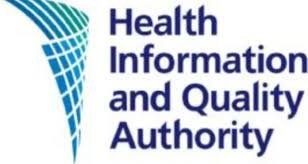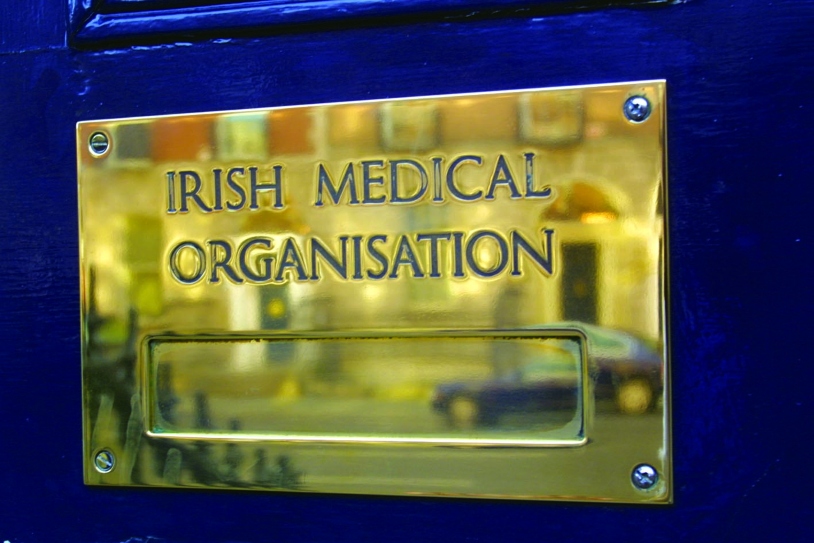<span id=”docs-internal-guid-e527a75a-a807-bf4d-1451-298d6ed6a97c”> </span>
<p dir=”ltr”><span>HIQA has today published a </span><span>Guide to HIQA’s monitoring programme against the National Standards for Safer Better Maternity Services, with a focus on obstetric emergencies, to give hospitals and the public an overview of the monitoring programme, </span>
<p dir=”ltr”><span> </span>
<p dir=”ltr”><span>The </span><span>National Standards for Safer Better Maternity Services</span><span> published by HIQA in December 2016 support the implementation of the National Maternity Strategy, which was launched by the Minister of Health in January 2016.</span>
<p dir=”ltr”><span> </span>
<p dir=”ltr”><span>The majority of pregnancies are low-risk. For a minority of women, even those considered to be at low-risk of developing complications, circumstances can change dramatically prior to, during labour and delivery or immediately following delivery, and this can place both the woman’s and the baby’s lives at risk. </span>
<p dir=”ltr”><span>This guide aims to provide an understanding of HIQA’s approach to monitoring compliance with the relevant standards in order to examine how maternity units are led, governed and managed on a daily basis. The programme will also assess how maternity units identify higher risk women and provide or arrange for their care in the most appropriate clinical setting. In addition, maternity units will be assessed to determine if they are resourced to detect and respond to obstetric emergencies which occur and if there are sufficient numbers of clinical staff who are supported with specialised regular training to care for women and their newborn babies.</span>
<p dir=”ltr”><span> </span>
<p dir=”ltr”><span>Inspections under this programme will be conducted in all nineteen maternity units and unannounced inspections will begin this month.</span>
<div><span><br /></span></div>













Leave a Reply
You must be logged in to post a comment.